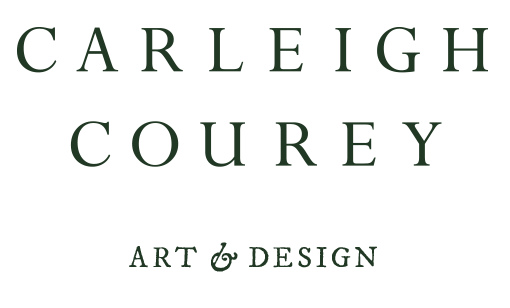pre-pasted WALLPAPER
INSTALLATION instructions
MATERIALS NEEDED:
Clean dry cloth, paint roller, measuring tape, level, straight edge ruler, Exacto knife, plastic scraper or squeegee, wallpaper tray, seam roller, water, and a sponge.
STEP 1: SURFACE PREPARATION
To ensure your paper adhesive sticks to the surface, make sure it is smooth, clean, and dry. Walls must be smooth before installation. Give your surface a brief wipe down with a clean, dry cloth. For best results, priming your wall with a universal primer is recommended, but optional.
STEP 2: MARKING YOUR STARTING POINT
Starting from the corner of the wall that you want to place your first panel on, measure the width of the wallpaper minus one inch (All of our rolls are 24 inches, so measure out 23 inches) to allow for extra trim on the wall edge and mark with a pencil dot. Using a level, draw a straight vertical plumb line down from the dot to line up the side edge of the wallpaper against. This ensures that your first panel is applied to the wall straightly, and each panel will follow.
STEP 3: ACTIVATING THE GLUE
Lay out your first panel with the glue-side facing up. Roll a generous amount of water onto the back of the panels with your paint roller to activate the glue. Book the wallpaper by folding one short end of the panel to the other (hamburger style. Fold lightly - do not make a crease on the fold). This ensures that the adhesive will not dry out while the paper is relaxing. Let sit for 10 minutes.
STEP 4: INSTALL FIRST PANEL
Unbook the panel. Line up the wallpaper with the plumb line (from Step 2), allowing for an extra 1-2 inches of overhang on both the top, bottom and edge for trimming. Use a wallpaper brush, plastic scraper, squeegee, or smoothing tool to gently work the paper on to the wall working from the top and middle, down and out. Finish off by securing the seams using a seam roller and trim excess wallpaper using a straight edge and Exacto blade.
STEP 5: REPEAT STEPS 3 TO 4.
Place the next panels to the edge of the previous panel. Panel seams should be vertical and have a tight fit.
